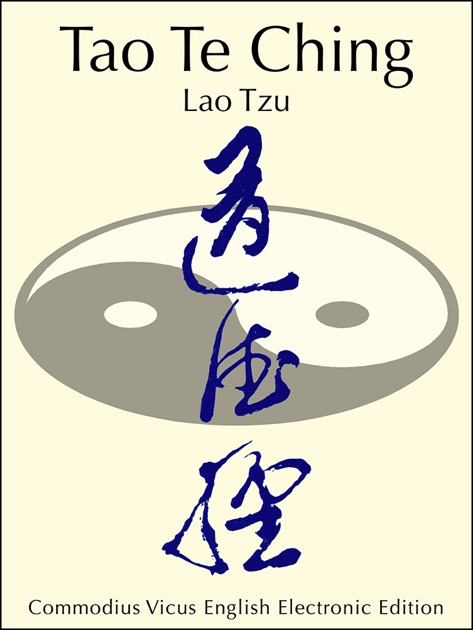

In 1993, an astonishing discovery was made at a tomb in Guodian in Hubei province (east central China). The Guodian Chu Slips (Chinese : 郭店楚簡 pinyin: Guodian Chujian) Western Translations of the Laozi Daodejing He Guanghu, Gao Shining, Song Lidao and Xu Junyao) Ivanhoe - The Concept of de ("Virtue") in the Laozi


(The Daode Jing Commentary of Cheng Xuanying) They provide the framework the earlier ones add to its richness. 180-157 BCE, and 王弼 Wang Bi manuscripts, 226-249 CE, which are great main sources for translating the poems. Future manuscripts are much easier to read because they include the correct characters in many cases. These too, because of their many imperfections, serve as great supplemental sources. The next to oldest are the Mawangdui A and Mawangdui B manuscripts, c. It is quite incomplete, but serves as a great supplemental source. The earliest is the Guodian manuscript, c. It has two parts: Part One is the D ao jing (道經), which is chapters 1–37 Part Two is the De jing (德經), which is chapters 38–81. If you missed yesterday's verse, you can still read it at ICHING.ONLINE, which is always one day behind of I Ching Daode jing is a short book of about 5,000 Chinese characters. (All three available in Kindle edition as well.) translations by Stephen Mitchell, Derek Lin or Jeremy M. This is done deliberately if you want to read the complete text, you should purchase the resp. These 81 verses simply rotate every day the next number, and after 81, number 1 will appear again. Perhaps, when reflecting on the three interpretations, the true meaning will emerge. The Tao Te Ching is based on the number 3, with its 3 x 3 x 3 x 3 = 81 chapters. The I Ching is based on the number 2, with its 2 x 2 x 2 x 2 x 2 x 2 (2 6) = 64 hexagrams. To Pythagoras, who understood Zero and taught It and to Chuang Tzu, the ideal poetic student. All rights reserved.Īcknowledgments: The hundreds of prior translations, especially that by Arthur Waley. The short text consists of 81 brief chapters, or verses.Įvery day we issue a "verse of the day" for contemplation, in two leading English translations, that nevertheless differ substantially, and since December 8 th 2013, we have a radically different third translation:Ī Post New-Age Approach to Lao Tzu's Tao Te Ching, published by courtesy of the translator and interpreter. It was written around the 6 th century BC by the sage Lao Tzu. *) The Tao Te Ching is a Chinese classic.


 0 kommentar(er)
0 kommentar(er)
